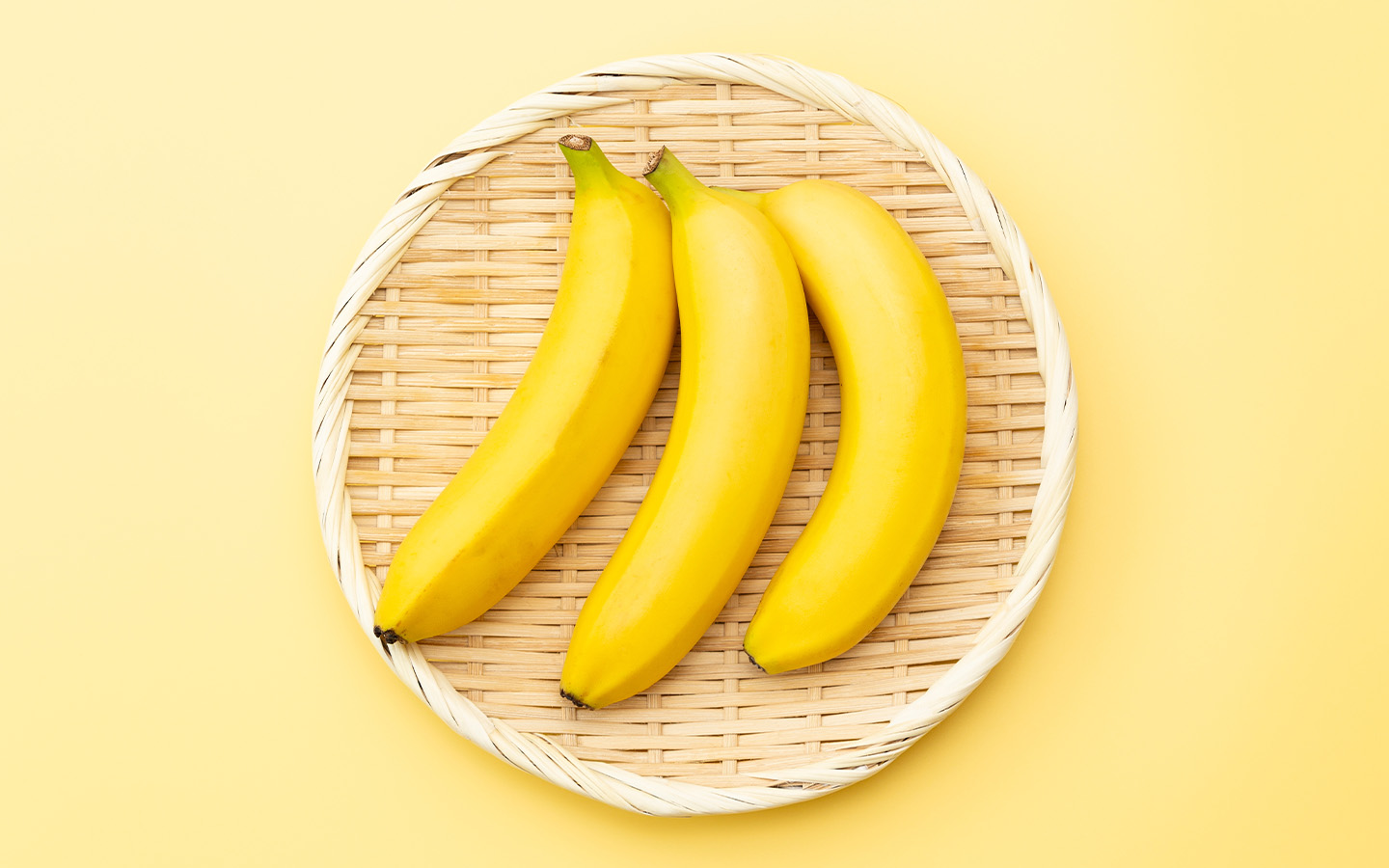New research offers a valuable tool for people with hypertension, modelling how shifting the balance between potassium and sodium may offer more relief than cutting salt,
More than 30 percent of adults worldwide have hypertension, or high blood pressure, the leading cause of cardiovascular disease and premature death globally. Conventional medical advice is to reduce sodium consumption, but according to SciTechDaily, a new study has found that adding more potassium to your diet may be a more effective option than just cutting salt.
Sodium and potassium are electrolytes – minerals that help the body transmit electrical signals, regulate muscle function and manage fluid balance. Researchers from the University of Waterloo took the known link between increased potassium consumption and reduced blood pressure, and developed a mathematical model that successfully illustrates how the ratio of potassium to sodium impacts the body.
“Early humans ate lots of fruits and vegetables, and as a result, our body’s regulatory systems may have evolved to work best with a high potassium, low sodium diet,” Melissa Stadt, a PhD candidate in Waterloo’s Department of Applied Mathematics and lead author on the study, told SciTechDaily. The tendency of Western diets to be high in sodium and low in potassium, she noted, “may explain why high blood pressure is found mainly in industrialized societies.”
[See more: Good news for vegans: scientists have made vitamin B12 with algae]
The researchers developed a model that describes the interaction between several systems involved in blood pressure regulation, creating sex-specific computational models as many of the underlying mechanisms exhibit sex differences.
They found that while men develop high blood pressure more easily than premenopausal women, they are also more likely to respond well to increased potassium. The researchers also investigated the causal link between high potassium intake and blood pressure reduction, their simulations revealing that high potassium intake was effective even when combined with high sodium intake.
While grabbing a banana is a cheap, easy way to add potassium to your diet, to achieve the levels needed to balance your sodium intake may require a few more additions. Thankfully, potassium is found in a wide variety of foods, including leafy greens, dried fruits, vine fruits, root vegetables, legumes, dairy, certain meats and, of course, tree fruits like bananas. WebMD provides a detailed list of potassium rich foods, including more than a dozen foods that provide more of the key electrolyte than bananas.
So many common foods being good sources of potassium means that most people get enough potassium naturally. Increasing intake, to manage high blood pressure or counteract other health conditions and medications that reduce the amount of potassium in the body, is generally safe. However, researchers warn that people with kidney disease, or taking medications that reduce how much potassium is removed by the kidneys, should avoid increasing their potassium intake.






